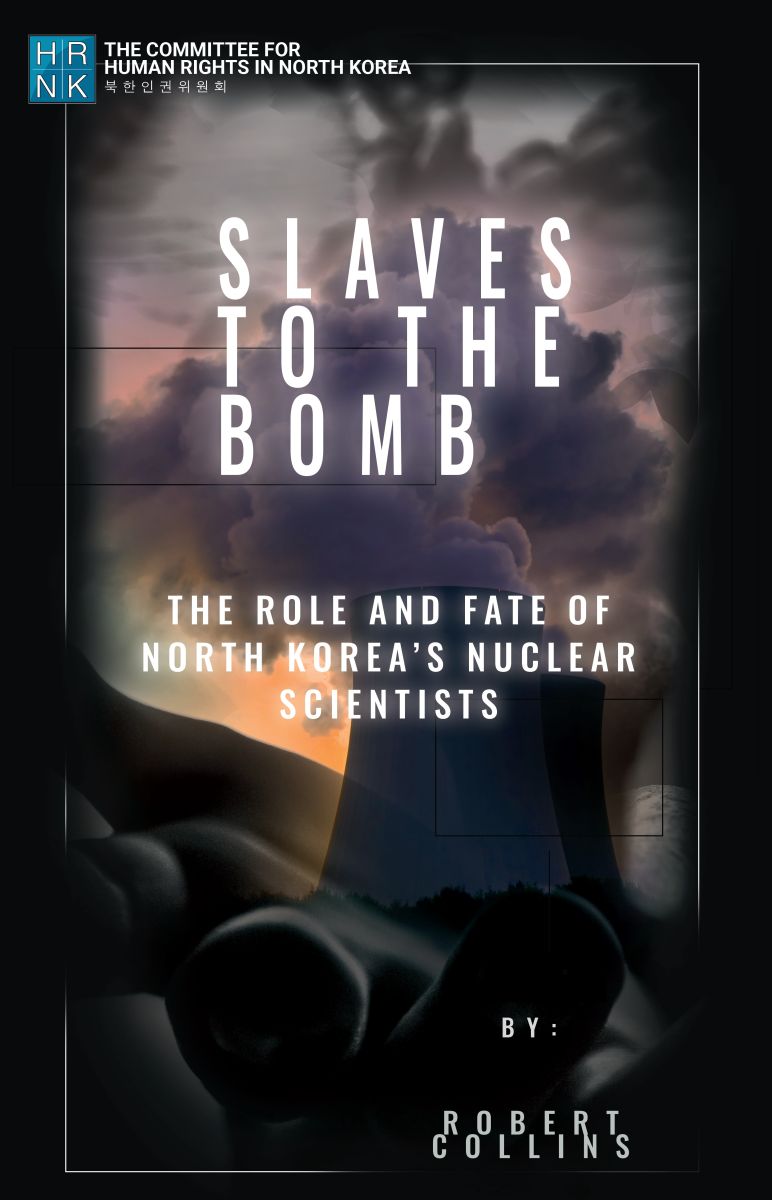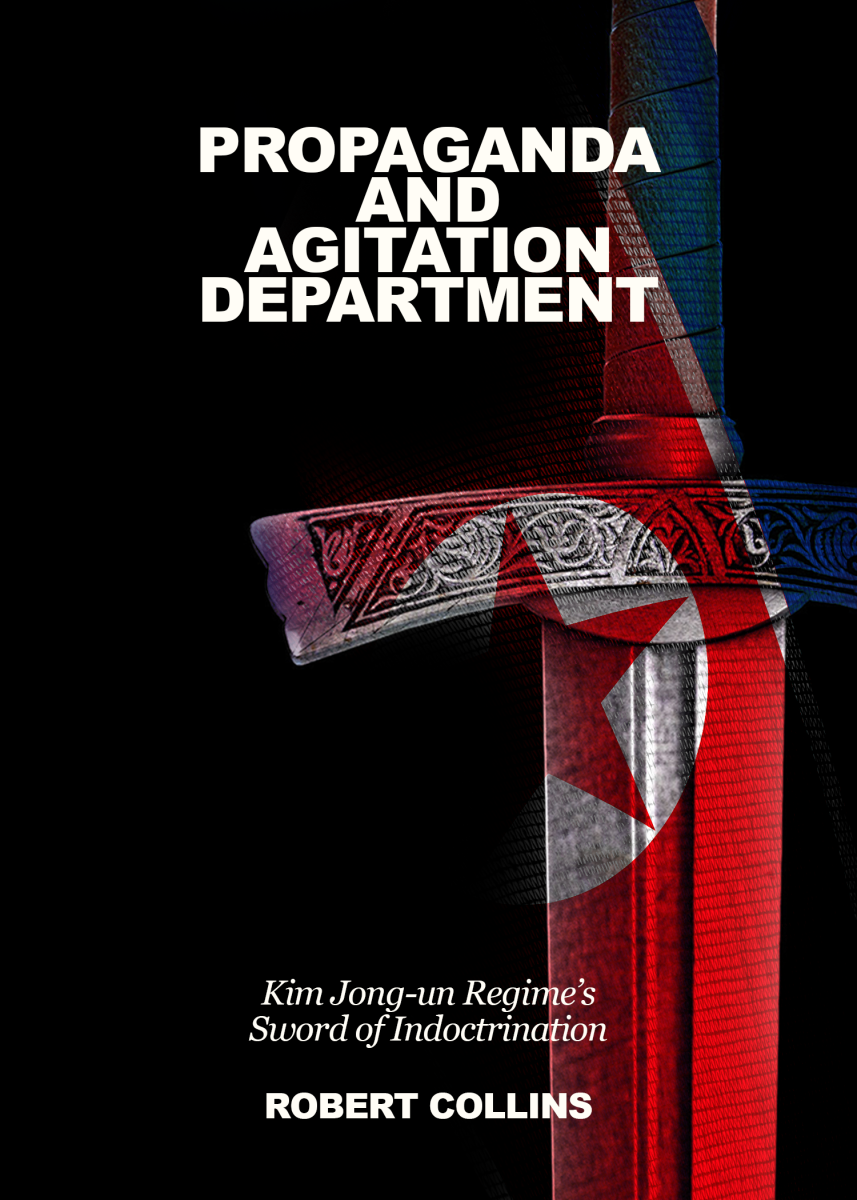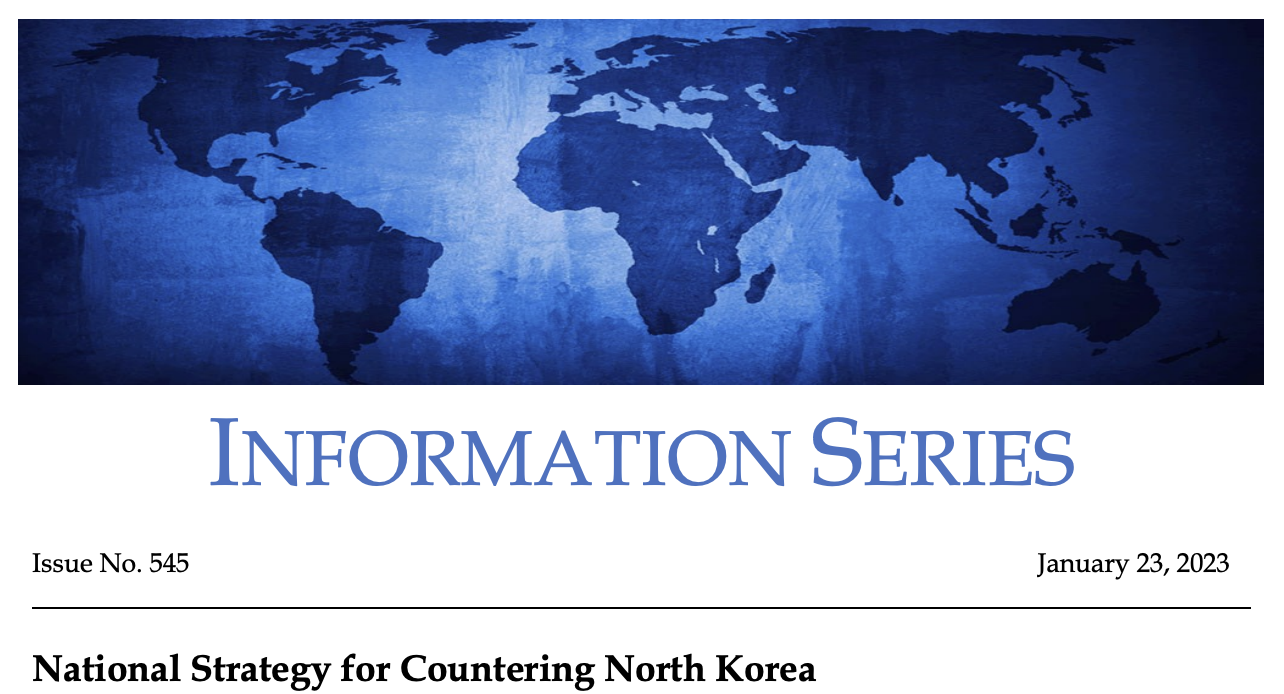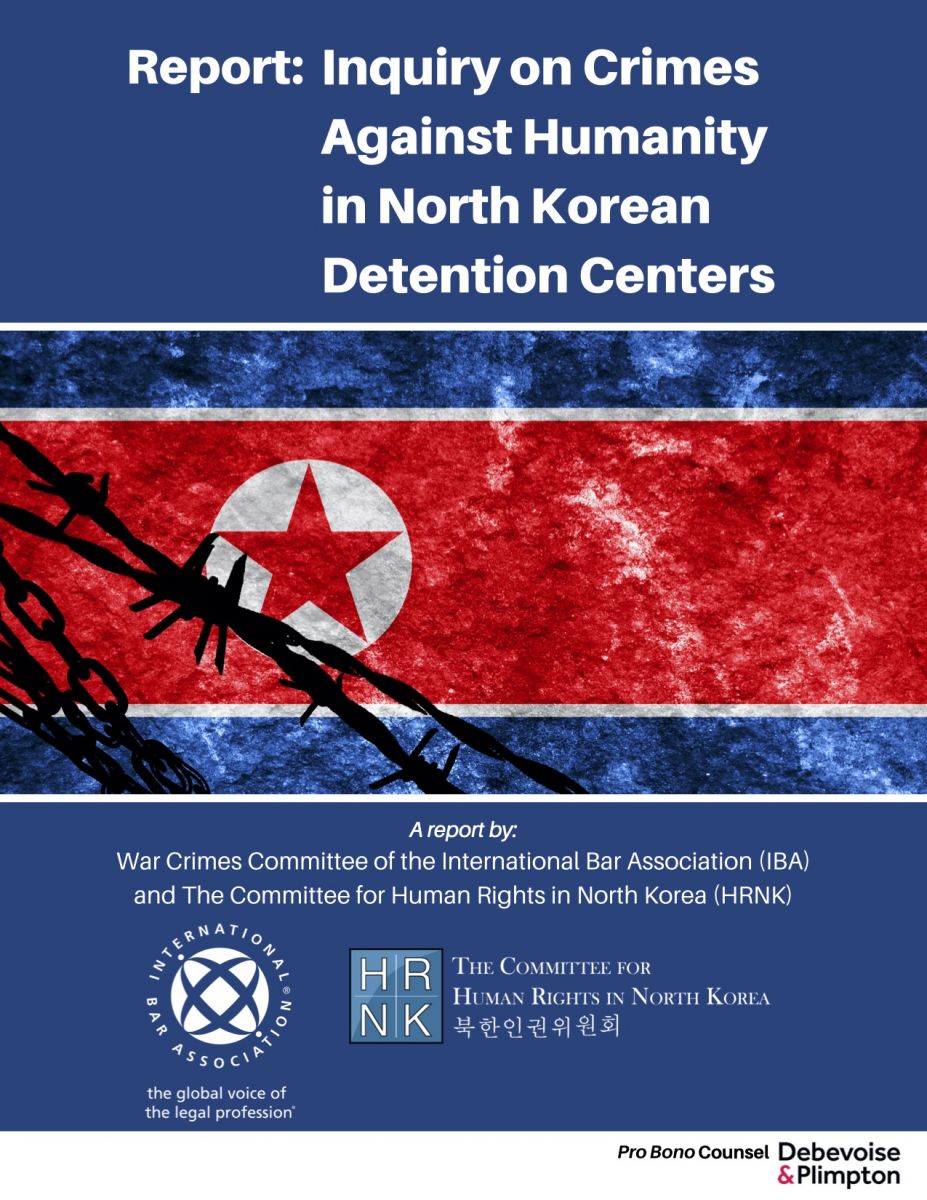
Report: Inquiry on Crimes Against Humanity in North Korean Detention Centers
IBA War Crimes Committee, Debevoise & Plimpton, HRNK
Jun 27, 2022
This Inquiry was led by the IBA’s War Crimes Committee and The Committee for Human Rights in North Korea (HRNK) and was chaired by Navanethem ‘Navi’ Pillay (South Africa) alongside fellow judges Silvia Fernandez (Argentina), Dame Silvia Cartwright (New Zealand), and Wolfgang Schomburg (Germany).
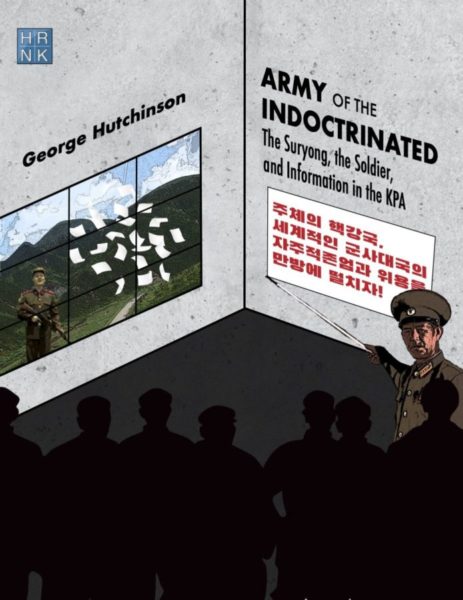
Army of the Indoctrinated: The Suryong, the Soldier, and Information in the KPA
George Hutchinson
Apr 26, 2022
George Hutchinson's The Suryong, the Soldier, and Information in the KPA is the second of three building blocks of a multi-year HRNK project to examine North Korea's information environment. Hutchinson's thoroughly researched and sourced report addresses the circulation of information within the Korean People's Army (KPA). Understanding how KPA soldiers receive their information is needed to prepare information campaigns while taking into account all possible contingencies. The report examines official propaganda and indoctrination delivered to North Korean soldiers, all along the chain of control and command. Hutchinson provides the information, analysis and recommendations needed to inform KPA soldiers on the real situation outside North Korea, the human rights violations affecting them, and the corruption of their leadership.
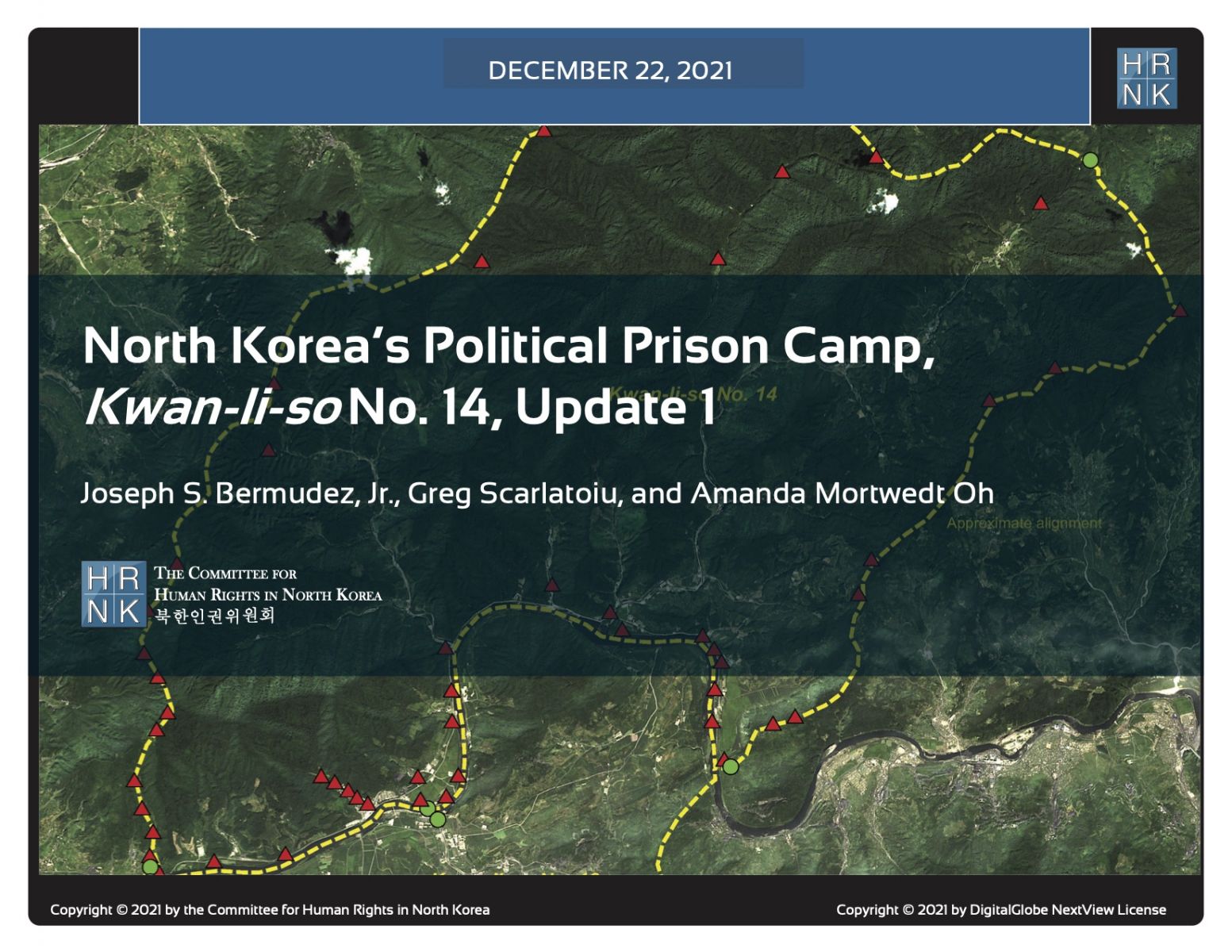
North Korea’s Political Prison Camp, Kwan-li-so No. 14, Update 1
Joseph S. Bermudez, Jr., Greg Scarlatoiu, and Amanda Mortwedt Oh
Dec 22, 2021
This report is part of a comprehensive long-term project undertaken by HRNK to use satellite imagery and former prisoner interviews to shed light on human suffering in North Korea by monitoring activity at political prison facilities throughout the nation. This is the second HRNK satellite imagery report detailing activity observed during 2015 to 2021 at a prison facility commonly identified by former prisoners and researchers as “Kwan-li-so No. 14 Kaech’ŏn” (39.646810, 126.117058) and serves as an update to our earlier 2015 report entitled North Korea: Imagery Analysis of Camp 14, which analyzed imagery from 2002 to 2014.
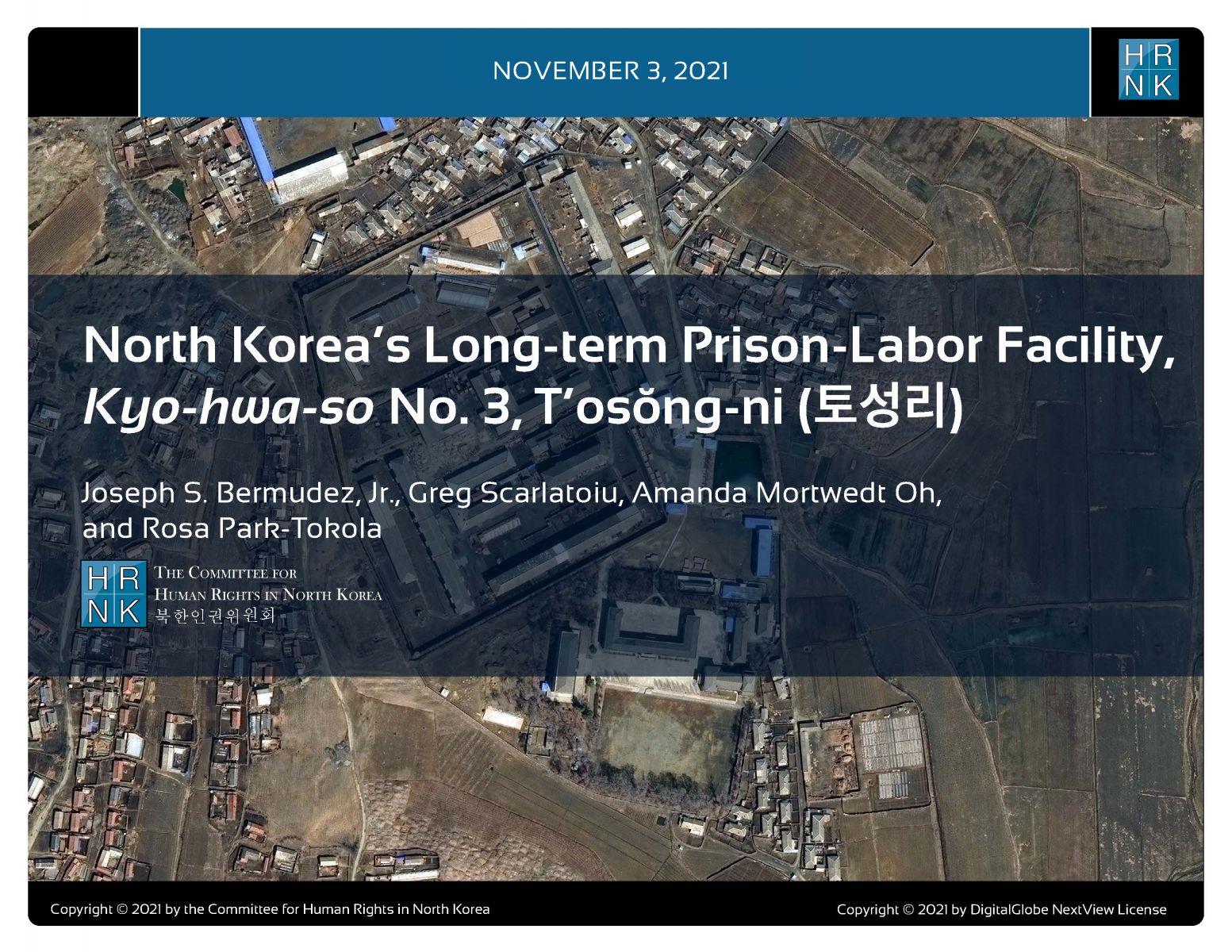
North Korea's Long-term Prison-Labor Facility, Kyo-hwa-so No.3, T’osŏng-ni (토성리)
Joseph S Bermudez Jr, Greg Scarlatoiu, Amanda Oh, & Rosa Tokola
Nov 03, 2021
This report is part of a comprehensive long-term project undertaken by HRNK to use satellite imagery and former prisoner interviews to shed light on human suffering in North Korea by monitoring activity at civil and political prison facilities throughout the nation. This study details activity observed during 1968–1977 and 2002–2021 at a prison facility commonly identified by former prisoners and researchers as "Kyo-hwa-so No. 3, T'osŏng-ni" and endeavors to establish a preliminary baseline report of the facility.
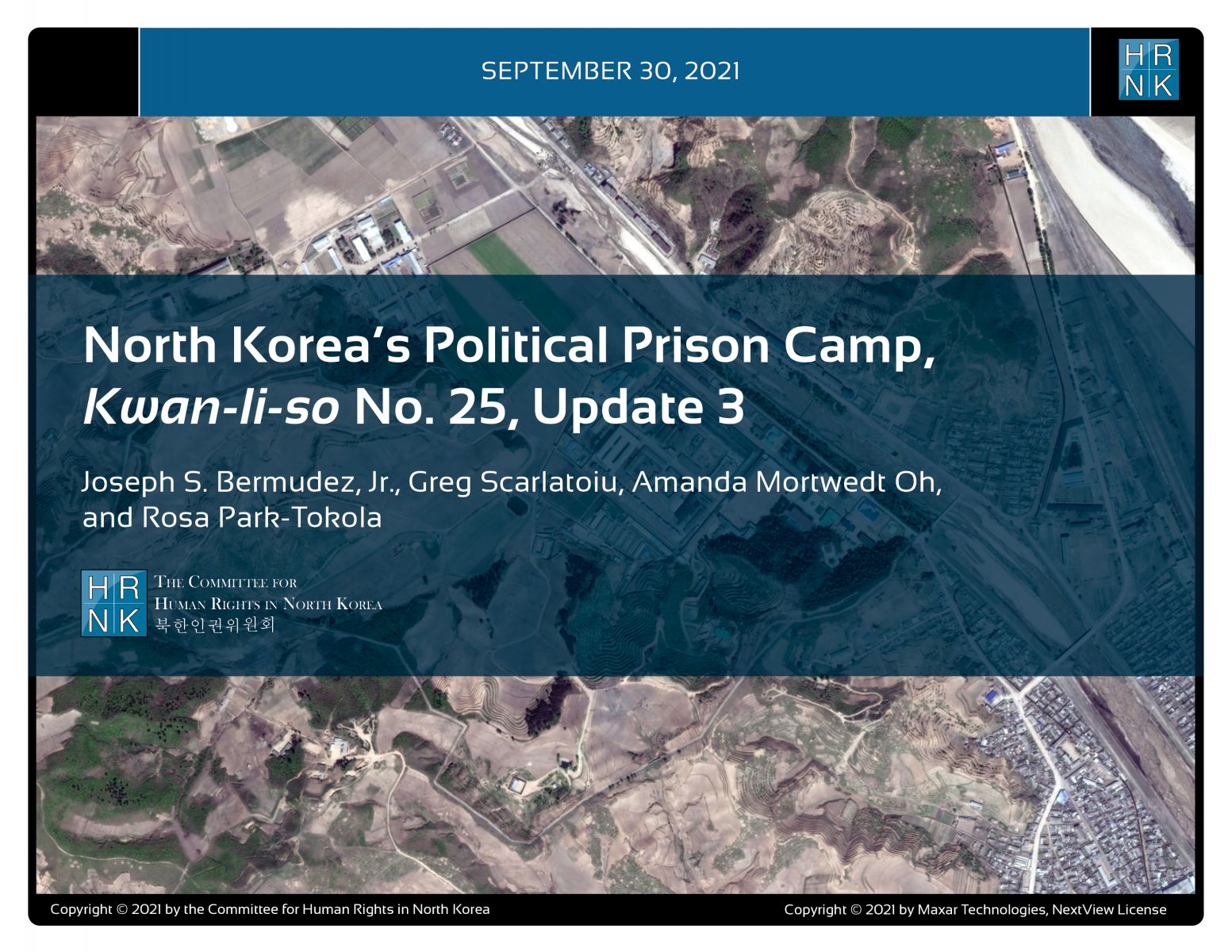
North Korea’s Political Prison Camp, Kwan-li-so No. 25, Update 3
Joseph S Bermudez Jr, Greg Scarlatoiu, Amanda Oh, & Rosa Tokola
Sep 30, 2021
This report is part of a comprehensive long-term project undertaken by HRNK to use satellite imagery and former detainee interviews to shed light on human suffering in the Democratic People’s Republic of Korea (DPRK, more commonly known as North Korea) by monitoring activity at political prison facilities throughout the nation. This report provides an abbreviated update to our previous reports on a long-term political prison commonly identified by former prisoners and researchers as Kwan-li-so No. 25 by providing details of significant activity observed during 2016–2021.
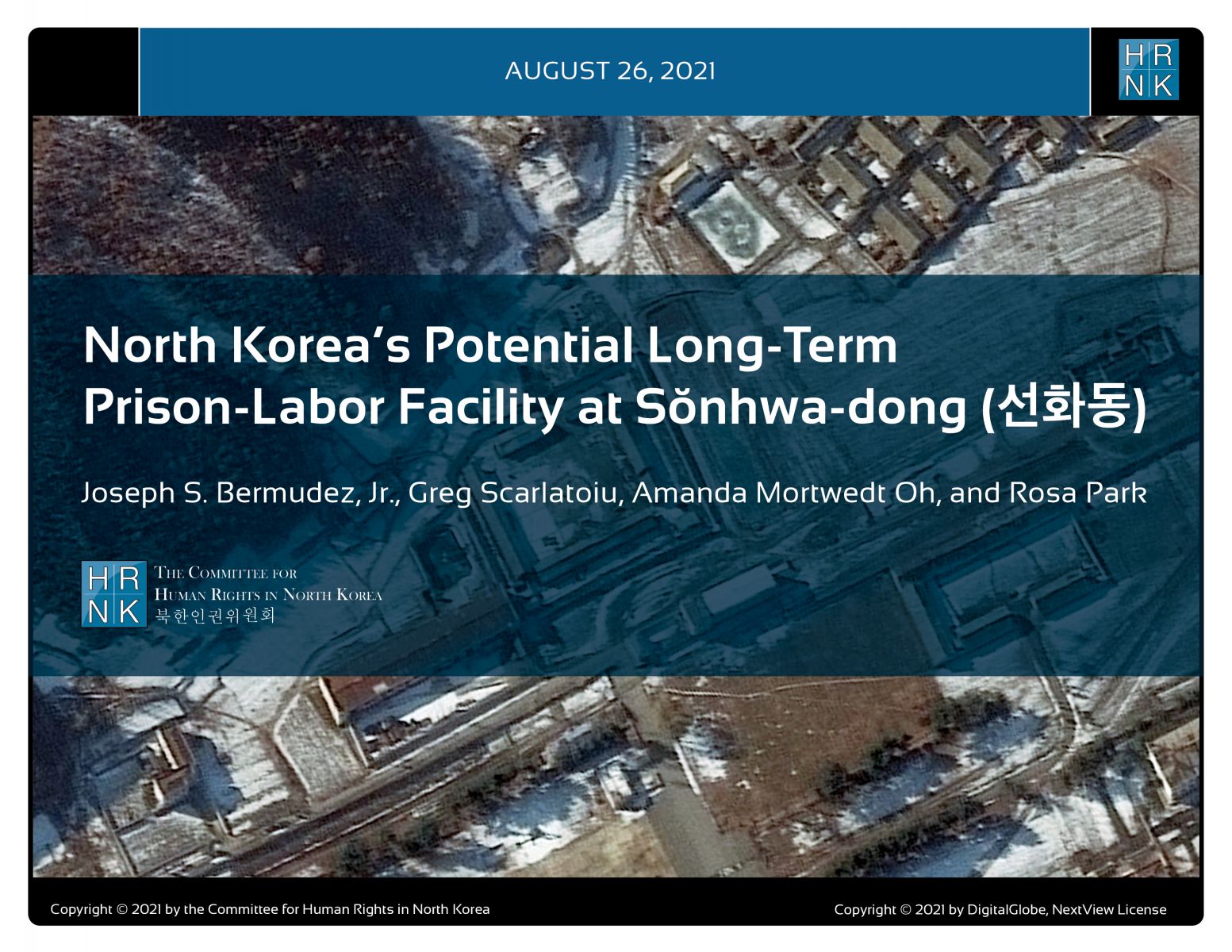
North Korea’s Potential Long-Term Prison-Labor Facility at Sŏnhwa-dong (선화동)
Joseph S. Bermudez, Jr., Greg Scarlatoiu, Amanda Oh, & Rosa Park
Aug 26, 2021
Through satellite imagery analysis and witness testimony, HRNK has identified a previously unknown potential kyo-hwa-so long-term prison-labor facility at Sŏnhwa-dong (선화동) P’ihyŏn-gun, P’yŏngan-bukto, North Korea. While this facility appears to be operational and well maintained, further imagery analysis and witness testimony collection will be necessary in order to irrefutably confirm that Sŏnhwa-dong is a kyo-hwa-so.
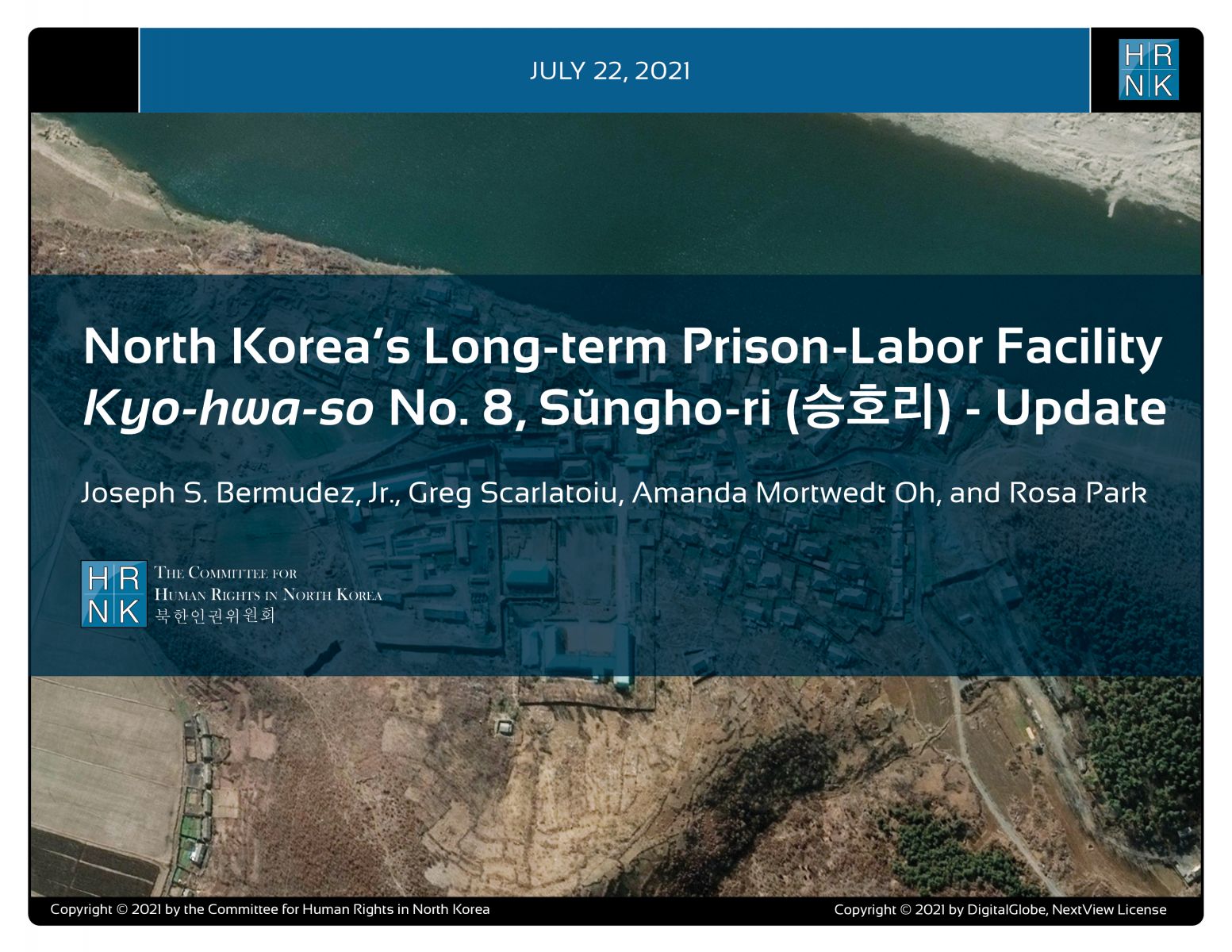
North Korea’s Long-term Prison-Labor Facility Kyo-hwa-so No. 8, Sŭngho-ri (승호리) - Update
Joseph S Bermudez, Jr, Greg Scarlatoiu, Amanda M Oh, & Rosa Park
Jul 22, 2021
"North Korea’s Long-term Prison-Labor Facility Kyo-hwa-so No. 8, Sŭngho-ri (승호리) - Update" is the latest report under a long-term project employing satellite imagery analysis and former political prisoner testimony to shed light on human suffering in North Korea's prison camps.
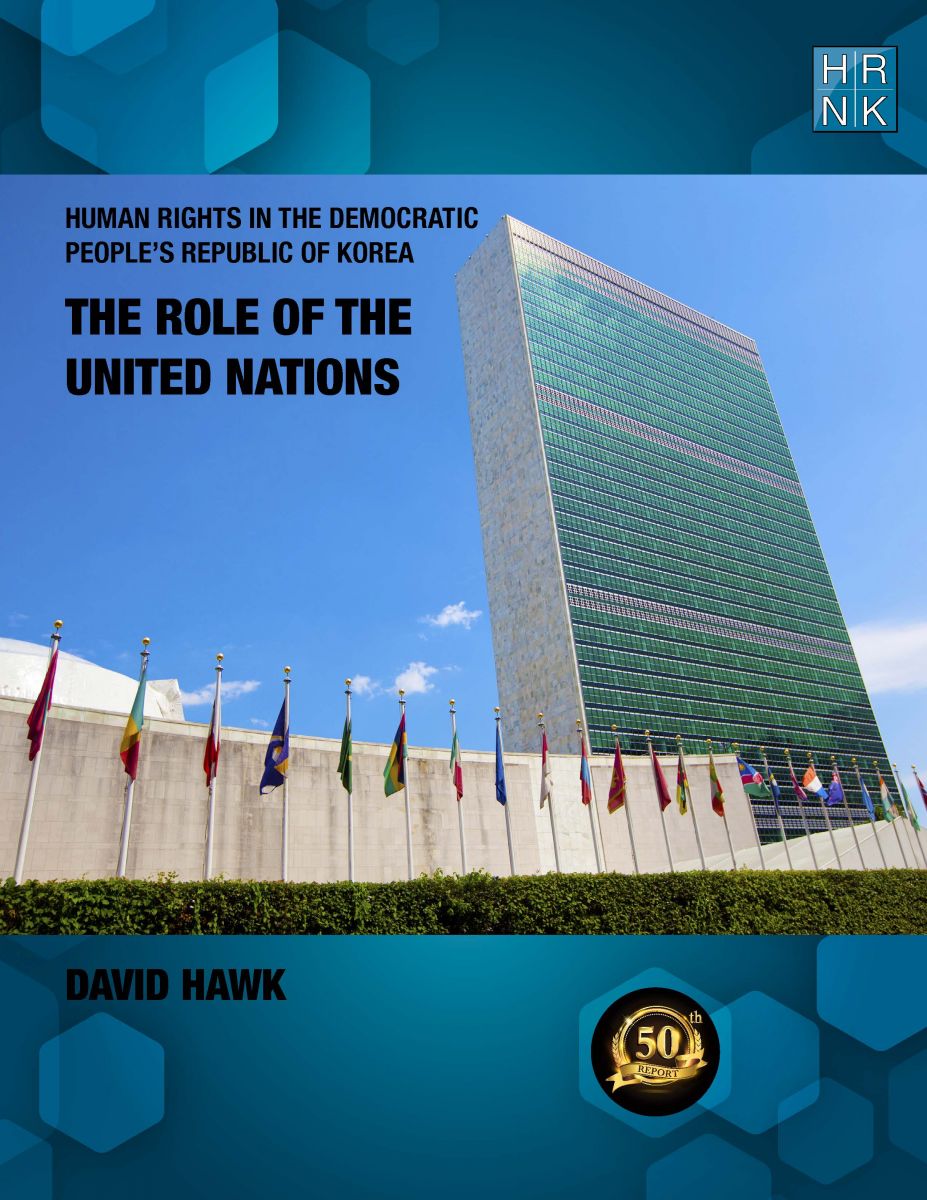
Human Rights in the Democratic People's Republic of Korea: The Role of the United Nations
David Hawk
Jul 01, 2021
Human Rights in the Democratic Republic of Korea: The Role of the United Nations" is HRNK's 50th report in our 20-year history. This is even more meaningful as David Hawk's "Hidden Gulag" (2003) was the first report published by HRNK. In his latest report, Hawk details efforts by many UN member states and by the UN’s committees, projects and procedures to promote and protect human rights in the DPRK. The report highlights North Korea’s shifts in its approach to human rights before and after the February 2014 UN Commission of Inquiry report. In conclusion, while following the collapse of the Hanoi Summit and the outbreak of the COVID epidemic, North Korea is currently in an extreme “anti-reform” and “anti-opening” phase. This HRNK report contends that recommendations the United Nations could make to the DPRK may provide a roadmap complete with specific steps for North Korea to become a more "normal" country.
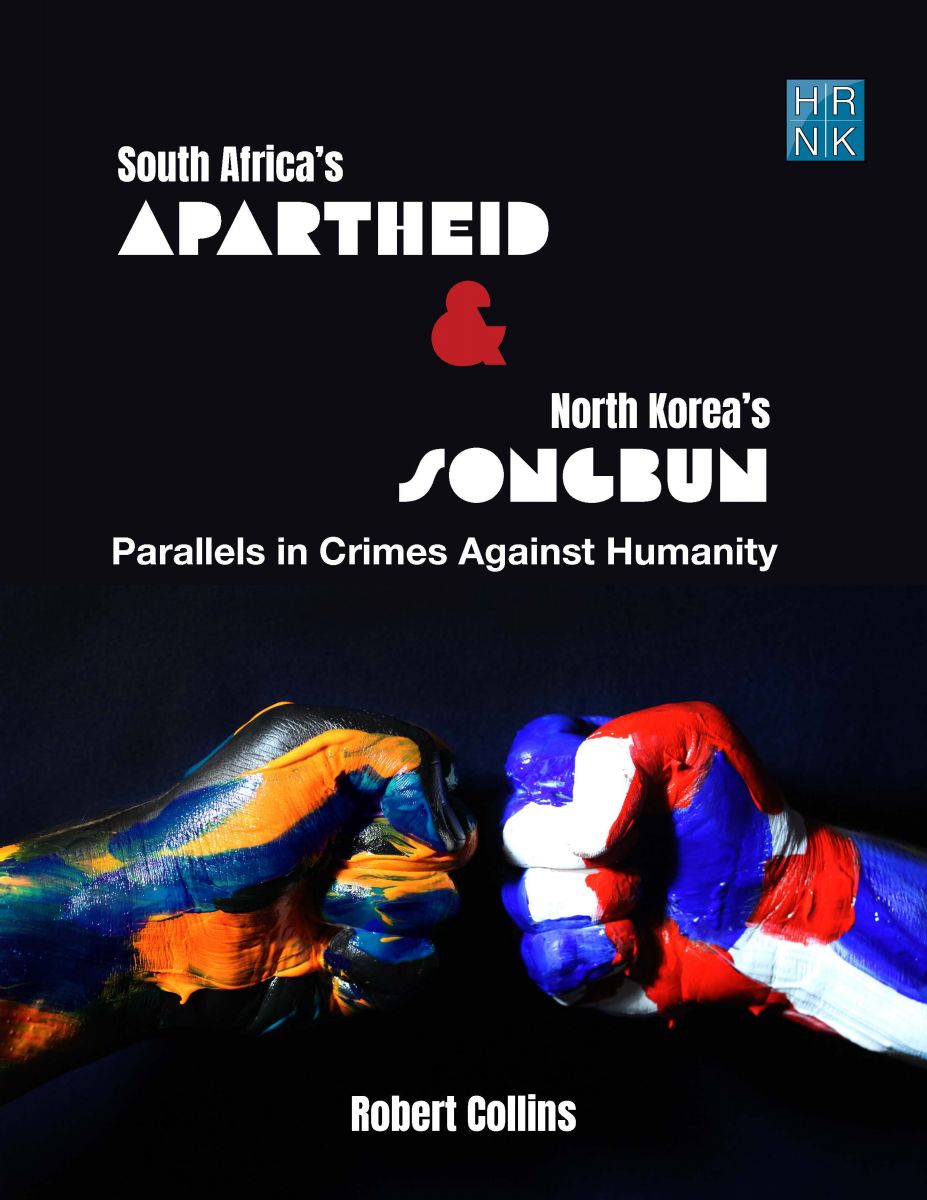
South Africa’s Apartheid & North Korea’s Songbun: Parallels in Crimes Against Humanity
Robert Collins
Feb 25, 2021
South Africa’s Apartheid and North Korea’s Songbun: Parallels in Crimes against Humanity by Robert Collins underlines similarities between two systematically, deliberately, and thoroughly discriminatory repressive systems. This project began with expert testimony Collins submitted as part of a joint investigation and documentation project scrutinizing human rights violations committed at North Korea’s short-term detention facilities, conducted by the Committee for Human Rights in North Korea (HRNK) and the International Bar Association (IBA). Collins’ unparalleled understanding of the North Korean regime and the depth of his analysis of North Korea’s policy of human rights denial persuaded the joint investigation team that his testimony must be developed into a stand-alone publication.
.jpg)
North Korea's Chŭngsan No. 11 Detention Facility
Joseph S. Bermudez, Jr., Greg Scarlatoiu, Amanda Oh, & Rosa Park
Dec 21, 2020
This report is part of a comprehensive long-term project undertaken by HRNK to use satellite imagery to shed light on human suffering in the DPRK (more commonly known as North Korea) by monitoring activity at political prison and detention facilities throughout the nation. This study endeavors to both establish a preliminary baseline report and detail activities observed during 2002–2020 at a detention facility variously identified by former prisoners and researchers as the “Chŭngsan No. 11 Ro-dong-dan-ryeon-dae” (Chŭngsan No. 11 Mobile Labor Brigade), Chŭngsan Kyo-hwa-so No. 11 (Chŭngsan No. 11 Re-education Through Labor Camp), or the Chŭngsan Kwan-li-so No. 11 (Chŭngsan No. 11 Political Prison Camp). To ease readability, however, the designation “Chŭngsan No. 11 Detention Facility” will be used throughout this report.
This is the first satellite imagery report by HRNK on a long-term political prison commonly identified by researchers and former detainees as Kwan-li-so No. 18 (Pukch'ang). This report was concurrently published on Tearline at https://www.tearline.mil/public_page/prison-camp-18.
To understand the challenges faced by the personnel who are involved in North Korea’s nuclear program, it is crucial to understand the recruitment, education, and training processes through the lens of human rights. This report offers a starting point toward that understanding. North Korea’s scientists and engineers are forced to work on the nuclear weapons program regardless of their own interests, preferences, or aspirations. These individuals may be described as “moder
In this submission, HRNK focuses its attention on the following issues in the DPRK: The status of the system of detention facilities, where a multitude of human rights violations are ongoing. The post-COVID human security and human rights status of North Korean women, with particular attention to sexual and gender-based violence (SGBV). The issue of Japanese abductees and South Korean prisoners of war (POWs), abductees, and unjust detainees.
This report provides an abbreviated update to our previous reports on a long-term political prison commonly identified by former prisoners and researchers as Kwan-li-so No. 25 by providing details of activity observed during 2021–2023. This report was originally published on Tearline at https://www.tearline.mil/public_page/prison-camp-25.
This report explains how the Kim regime organizes and implements its policy of human rights denial using the Propaganda and Agitation Department (PAD) to preserve and strengthen its monolithic system of control. The report also provides detailed background on the history of the PAD, as well as a human terrain map that details present and past PAD leadership.
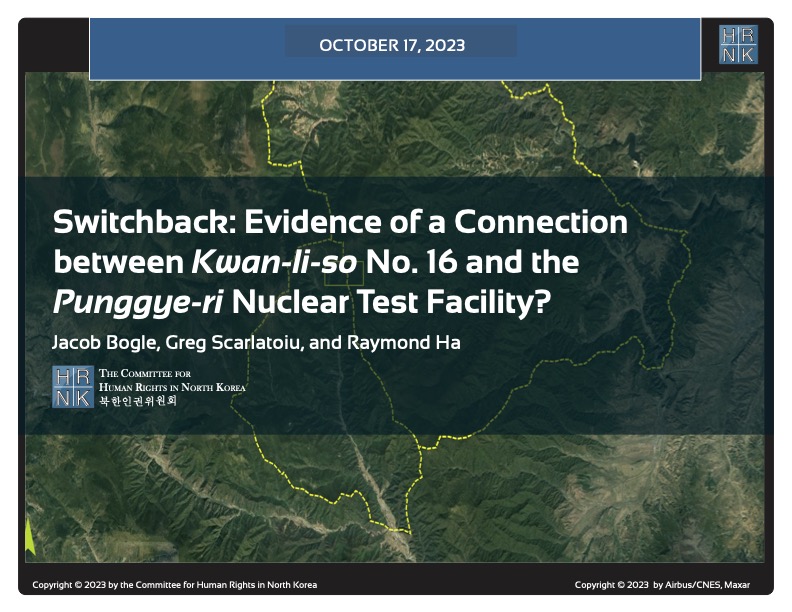
HRNK's latest satellite imagery report analyzes a 5.2 km-long switchback road, visible in commercial satellite imagery, that runs from Testing Tunnel No. 1 at North Korea's Punggye-ri nuclear test facility to the perimeter of Kwan-li-so (political prison camp) no. 16.
This report proposes a long-term, multilateral legal strategy, using existing United Nations resolutions and conventions, and U.S. statutes that are either codified or proposed in appended model legislation, to find, freeze, forfeit, and deposit the proceeds of the North Korean government's kleptocracy into international escrow. These funds would be available for limited, case-by-case disbursements to provide food and medical care for poor North Koreans, and--contingent upon Pyongyang's progress
For thirty years, U.S. North Korea policy have sacrificed human rights for the sake of addressing nuclear weapons. Both the North Korean nuclear and missile programs have thrived. Sidelining human rights to appease the North Korean regime is not the answer, but a fundamental flaw in U.S. policy. (Published by the National Institute for Public Policy)
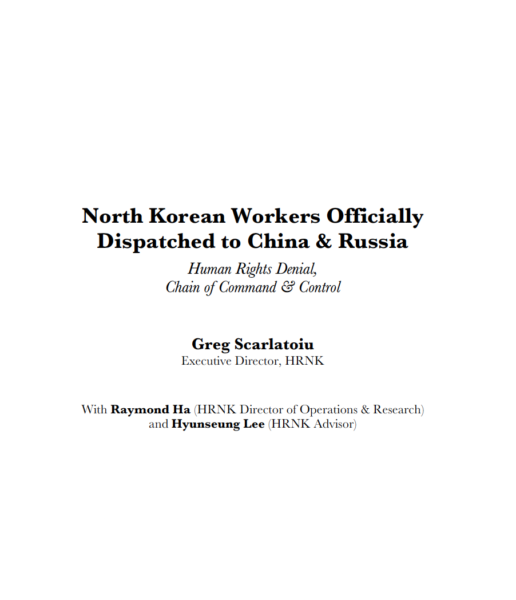
North Korea’s forced labor enterprise and its state sponsorship of human trafficking certainly continued until the onset of the COVID pandemic. HRNK has endeavored to determine if North Korean entities responsible for exporting workers to China and Russia continued their activities under COVID as well.
George Hutchinson's The Suryong, the Soldier, and Information in the KPA is the second of three building blocks of a multi-year HRNK project to examine North Korea's information environment. Hutchinson's thoroughly researched and sourced report addresses the circulation of information within the Korean People's Army (KPA). Understanding how KPA soldiers receive their information is needed to prepare information campaigns while taking into account all possible contingenc
This report is part of a comprehensive long-term project undertaken by HRNK to use satellite imagery and former prisoner interviews to shed light on human suffering in North Korea by monitoring activity at political prison facilities throughout the nation. This is the second HRNK satellite imagery report detailing activity observed during 2015 to 2021 at a prison facility commonly identified by former prisoners and researchers as “Kwan-li-so No. 14 Kaech’ŏn” (39.646810, 126.117058) and
This report is part of a comprehensive long-term project undertaken by HRNK to use satellite imagery and former prisoner interviews to shed light on human suffering in North Korea by monitoring activity at civil and political prison facilities throughout the nation. This study details activity observed during 1968–1977 and 2002–2021 at a prison facility commonly identified by former prisoners and researchers as "Kyo-hwa-so No. 3, T'osŏng-ni" and endeavors to e
This report is part of a comprehensive long-term project undertaken by HRNK to use satellite imagery and former detainee interviews to shed light on human suffering in the Democratic People’s Republic of Korea (DPRK, more commonly known as North Korea) by monitoring activity at political prison facilities throughout the nation. This report provides an abbreviated update to our previous reports on a long-term political prison commonly identified by former prisoners and researchers as Kwan-li-so
Through satellite imagery analysis and witness testimony, HRNK has identified a previously unknown potential kyo-hwa-so long-term prison-labor facility at Sŏnhwa-dong (선화동) P’ihyŏn-gun, P’yŏngan-bukto, North Korea. While this facility appears to be operational and well maintained, further imagery analysis and witness testimony collection will be necessary in order to irrefutably confirm that Sŏnhwa-dong is a kyo-hwa-so.

"North Korea’s Long-term Prison-Labor Facility Kyo-hwa-so No. 8, Sŭngho-ri (승호리) - Update" is the latest report under a long-term project employing satellite imagery analysis and former political prisoner testimony to shed light on human suffering in North Korea's prison camps.

Human Rights in the Democratic Republic of Korea: The Role of the United Nations" is HRNK's 50th report in our 20-year history. This is even more meaningful as David Hawk's "Hidden Gulag" (2003) was the first report published by HRNK. In his latest report, Hawk details efforts by many UN member states and by the UN’s committees, projects and procedures to promote and protect human rights in the DPRK. The report highlights North Korea’s shifts in its approach
South Africa’s Apartheid and North Korea’s Songbun: Parallels in Crimes against Humanity by Robert Collins underlines similarities between two systematically, deliberately, and thoroughly discriminatory repressive systems. This project began with expert testimony Collins submitted as part of a joint investigation and documentation project scrutinizing human rights violations committed at North Korea’s short-term detention facilities, conducted by the Committee for Human Rights

